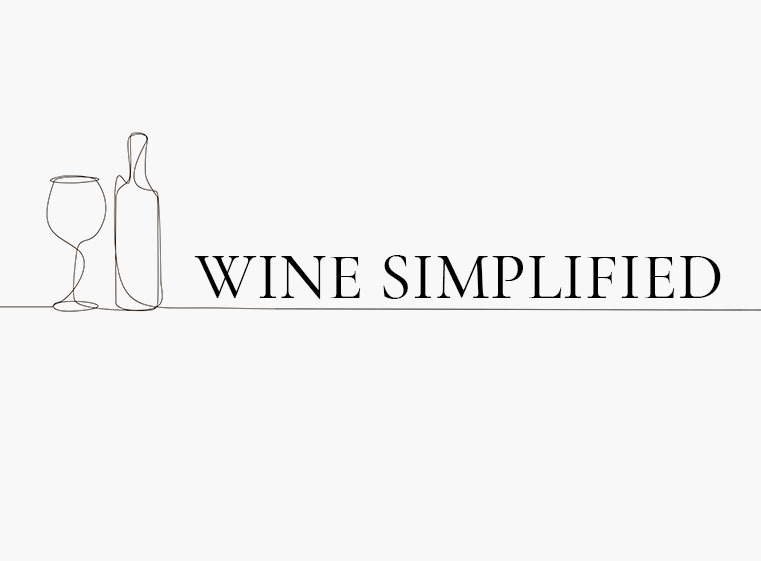Our customer Gene W. writes: “Cam – A surprising absence from your list is the thoroughly overworked and equally misunderstood: terroir. As we know soil has a role in every wine, but it is far from the driving force in any wine’s outcome. I take great pleasure in challenging those stewards who take themselves far too seriously and work terroir to death.”
Ok Gene, here we go:
Wine Term: Terroir
Variations: Essence of the land, sense of place
What it really means: That wine only tastes exactly the way it does from that unique plot of land.
While it’s fun to challenge the professionals, make sure you’re doing it in the correct setting, or in regards to the correct wines. If someone is telling you about the terroir of a mass produced wine that is on every mediocre wine list ever, and has tasted the same since 1996, take it with a grain of salt and challenge away. Now if your steward is speaking to a specific set of Burgundy regions – say a Nuits-st-Georges vs. a Marsannay – they are absolutely in the right to over-speak to the terroir as that’s quite literally what defines those wines and allows them to list those appellation or village names on the label by law.
Now why is that?
The examples above are both from Burgundy, France. Burgundy is essentially the defining home of terroir as each sub-appellation and sub-sub-appellation is literally defined by the terroir by a governing body who taste all sorts of wines and define where the profile has shifted when reaching that final mile or so of an area, delineating a new area thereafter until that area’s profile has changed again. Other global regions are like this as well, but none so much as Burgundy.
‘Terroir’ itself is the essence of the land (roughly translated), or a sense of place, not just the soil a vine is grown in. Wines from that area only taste that way when grown there from multiple factors.
‘Terroir’ is used, especially in reference to old world wines, as that is their sole focus when producing their juice. In old world wines fruit is secondary to the flavors of the earth, in new world wines (like Napa for example) it’s the exact opposite (fruit first, terroir second). This doesn’t mean new world wines don’t have a noticeable terroir, they do in fact, but due to higher ripening levels (and alcohol), new world wines are generally always more fruited.
Now, back to Gene’s point about soils: yes, soil is far from the driving force of a wine’s outcome, but it plays a part in a much larger equation that is like a math equation in defining terroir:
Temperature swings annually + rainfall annually + wind patterns and directions + soil composition + water source + drainage + vine age + root depth + adjacent growths (vines or other flora) + general climate + grape variety + altitude + sun exposure = ‘Terroir’.
That’s a lot to think about, leave alone say regarding a wine, and thankfully the French found a very beautiful single word to sum it all up. Now regarding challenging your Somm, if they only speak to terroir in terms of soil, challenge away, they aren’t using it correctly or possibly don’t actually understand what it means in total.
Terroir is worth noting for its poetic nature. If you wake up in the southern Rhône and take a deep breath of the morning air, all the scents you get are also affecting the grapes, from root to fruit. The wine will take on that certain character. We as humans have an incredible sense memory with regards to smells. You may not remember something specific, but the moment you get a certain fragrance in your nose, you’re transported back to that specific place and time, who you were with, maybe even what you were wearing. That is terroir too.
How to effectively use it:
This is overused as Gene pointed out by wine stewards, Sommeliers, shelf-talkers, and wine gurus – but for a very good reason. There is no incorrect way to use it, and it affects every harvest, however you’ll need to be mindful which wines you use the term on as mass produced wines like Yellow Tail for example, go through great lengths to make each vintage taste as much the same as the last, generally relying on chemicals to accomplish this – essentially stripping terroir from the equation, where it had existed in the fruit before their production tricks – while smaller producers embrace terroir and are happy to have each vintage swing one way or the other in style and profile based on the year’s growing conditions and weather patterns.
Bad idea: “Your 2013 and 2014 Chardonnay tastes different.”
Better approach: “It’s interesting how the 2 vintages side-by-side showcase different terroir.”
Best approach: “It’s amazing how you’ve captured the essence of the land in 2 different expressions between both of your Chardonnay vintages, however I really enjoy the terroir expression on the more recent vintage.”
Not only have you duly informed the tasting room staff that you’re a knowledgeable wine connoisseur, but you’ve assisted them in suggesting other wines that might have a similar terroir profile to guide you on your bottle purchases before leaving (generally waiving some tasting fees) and you might even be asked if you’d like to “revisit” either or both vintages before deciding.

